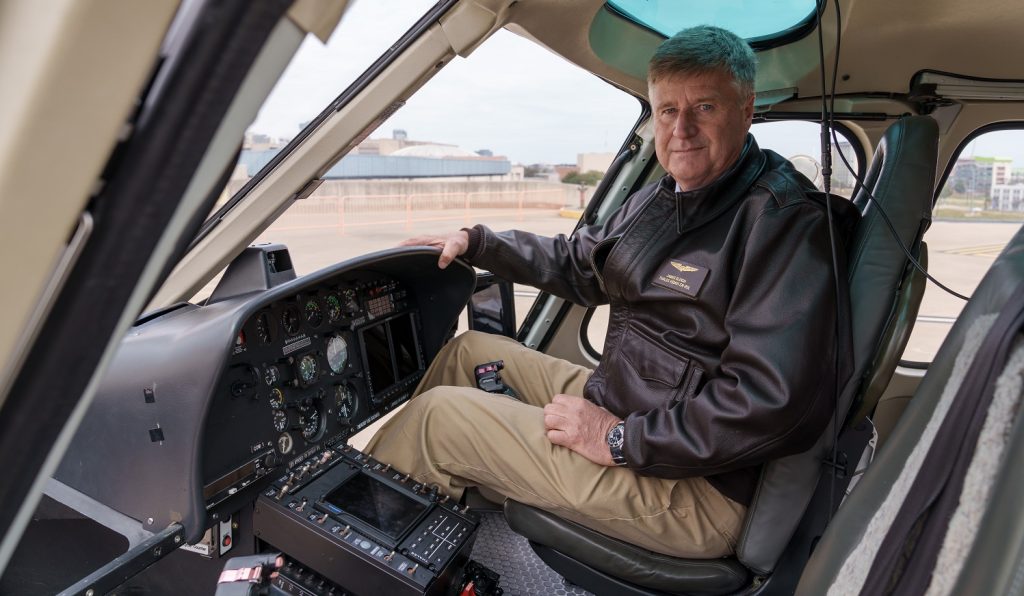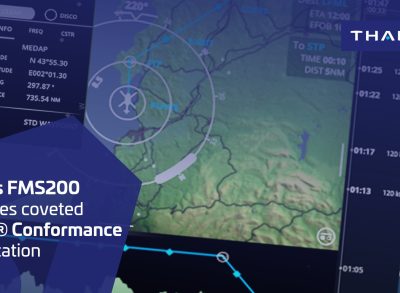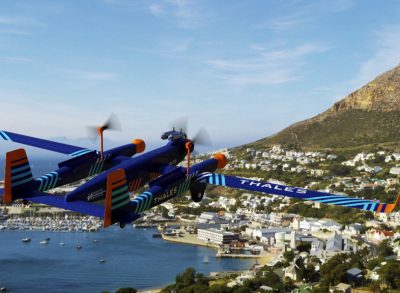"Power and versatility" - Key factors that make the Thales FMS200 Flight Management System a world leader

>>> Click here to get the full exciting story about Thales’s FMS200! |
|
Can you give us some background into your experience using the FMS200?
I joined Thales in 2008 and my first experience with the FMS200 family was the instantiation of the FMS240 version on the Sikorsky S-76D helicopter. I was also involved in the FMS220 integration into the Northrop Grumman UH-60V Blackhawk digital cockpit solution. Prior to that, I regularly used systems from other suppliers, so I had a lot of experience in this area. Bringing the Thales FMS to life on the S-76D allowed me to become very familiar with how the system works, both from an engineering and a pilot perspective.
What makes the FMS200 a world-beating FMS?
In short, this FMS is so powerful and delivers user-focused versatility to meet the differing requirements of users whatever their specific mission, from ISR (Intelligence, Surveillance, Reconnaissance) to Search & Rescue.
Generally FMSs tend to be technically equivalent in terms of functionality due to the regulatory requirements of the Technical Standard Order (TSO) certification. So while the FMS200 may perform all the same functions as its competitors, I consider the number one differentiator to be its flexibility. This FMS is available as a software library which means the integrator has many options to optimize the functions and human-machine interface for the specific mission type of the target aircraft. For example, a commercial transport helicopter will focus on the IFR (Instrument Flight Rules) mission, while a military or Search & Rescue operator will have different priorities.
The FMS200's ability to integrate with other systems (such as military mission computers) is another major differentiator. A good example is the instantiation of the FMS200 on Thales's next generation FlytX cockpit using the Flexible Metadata Format (FMF). This provides the pilot with a classic textual presentation for IFR, while allowing easy interaction on the map for simpler VFR (Visual Flight Rules) operations.
Finally, this FMS was already on a par with legacy systems when it came to using the Multi-Function Control and Display Unit (MCDU) keypad, but the truly revolutionary aspect has been the ability to interact with the FMS via the digital map. This allows the pilot to easily create, edit and view the flight plan in a graphical environment. That user-friendly “dig-map” capability is a veritable game changer.
And, as you have mentioned, the FMS200 can therefore be deployed on both civil and military platforms…
Absolutely! It has a long history in civil applications, but it is certainly not limited to that. The best example is the very successful implementation on the US Army's UH-60V helicopter. The FMS200 is able to meet all the stringent requirements necessary for these aircraft to operate in the modern airspace environment, while also supporting all the complex tactical requirements. The FMS200's ability to integrate with a military mission computer is another unique and important differentiator!
Finally, the user displays are adapted so that the tactical navigation and civil navigation interface formats are similar to previously fielded systems. This means that the training impact for upgrading to the system is minimal when considering how training and adaptation can be a major issue for any operator, civil or military.
>>> Click here to get the full exciting story about Thales’s FMS200! |
|




